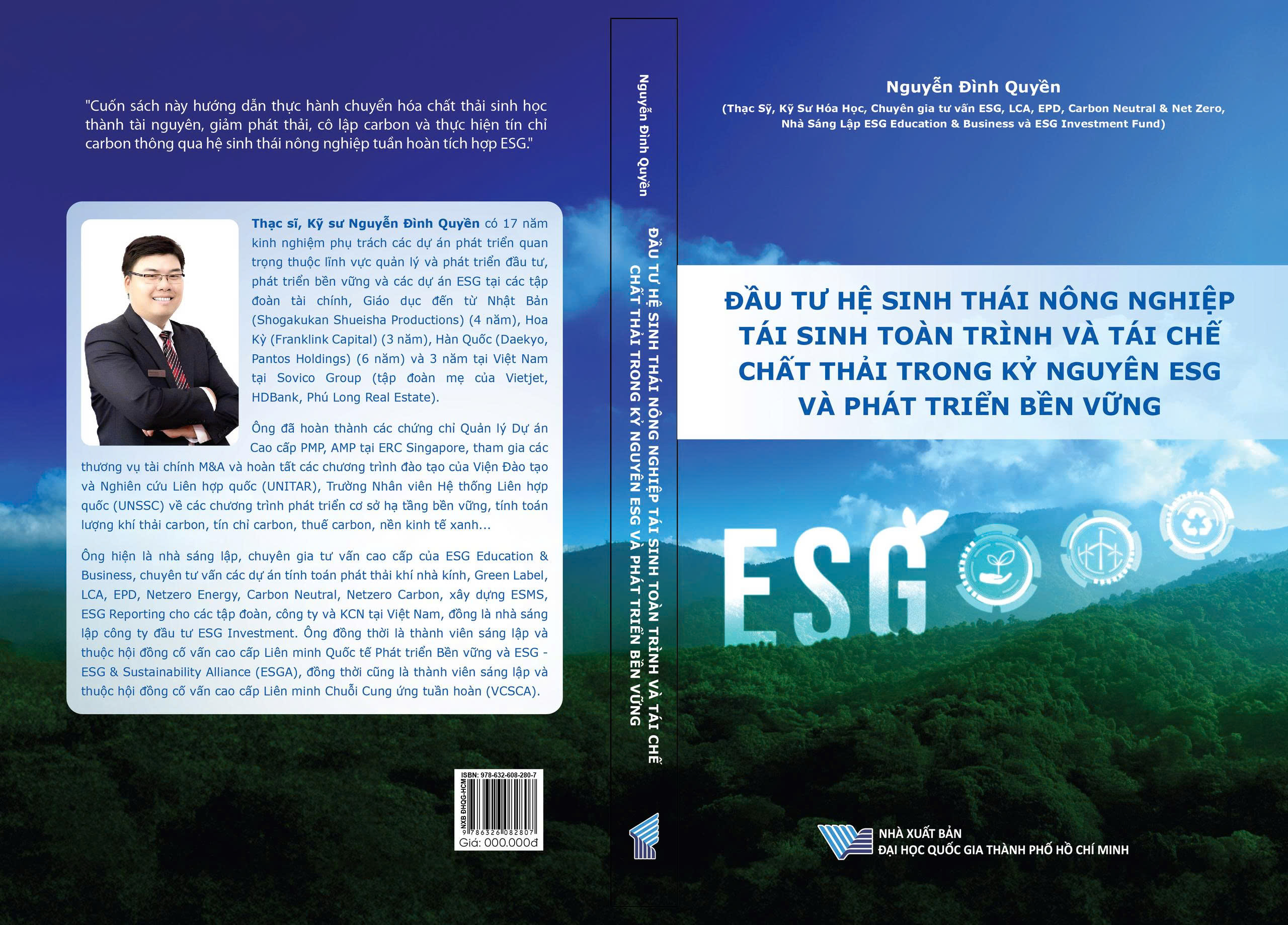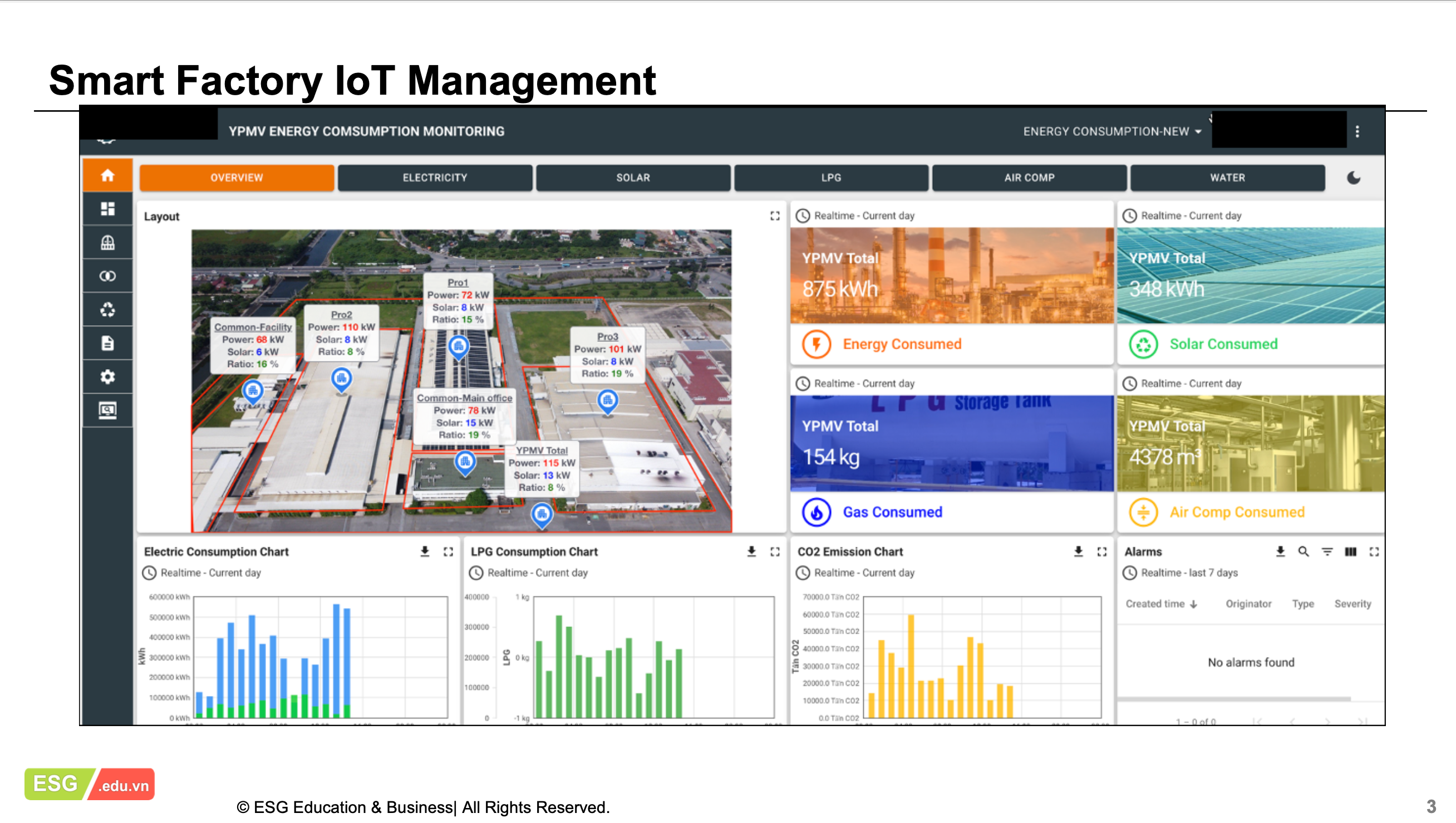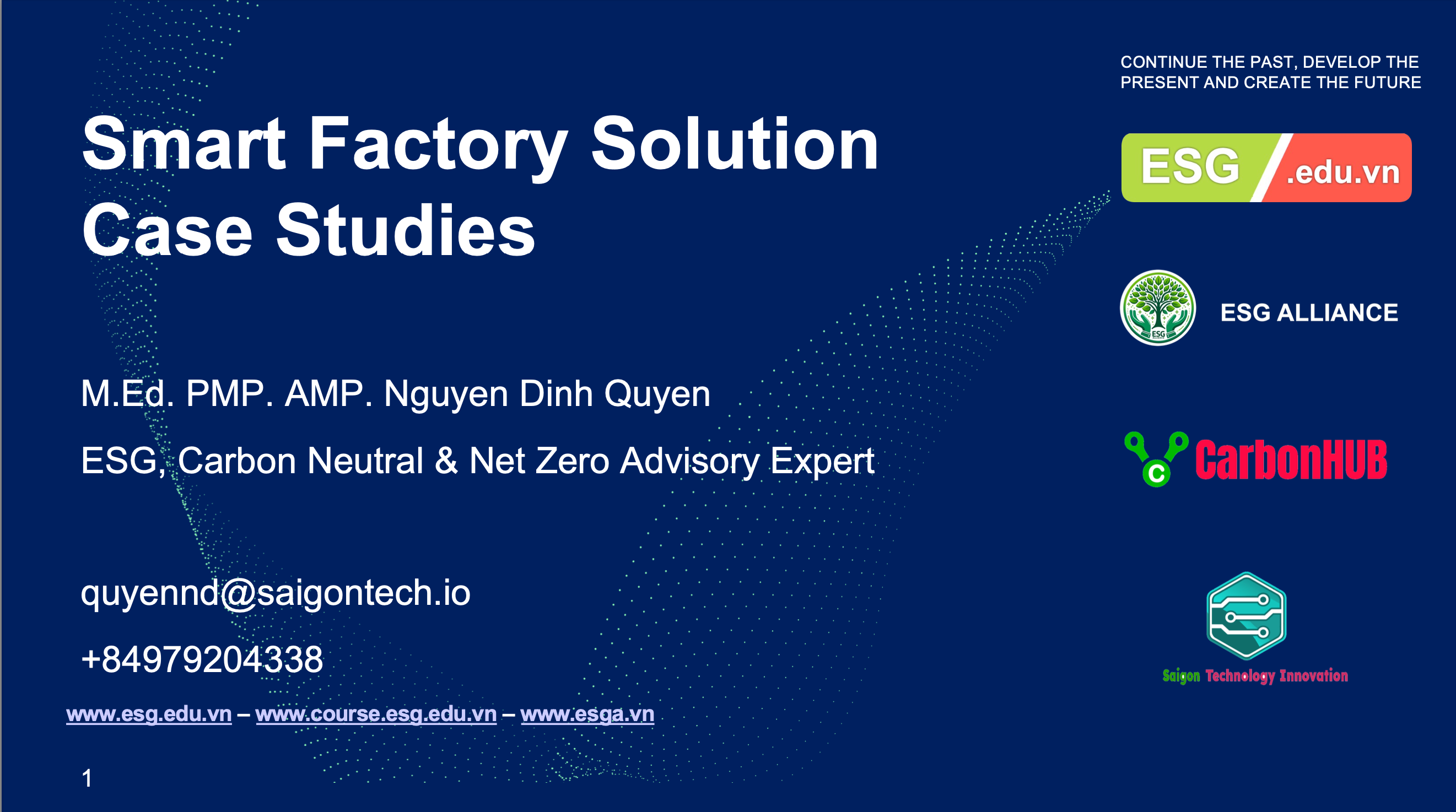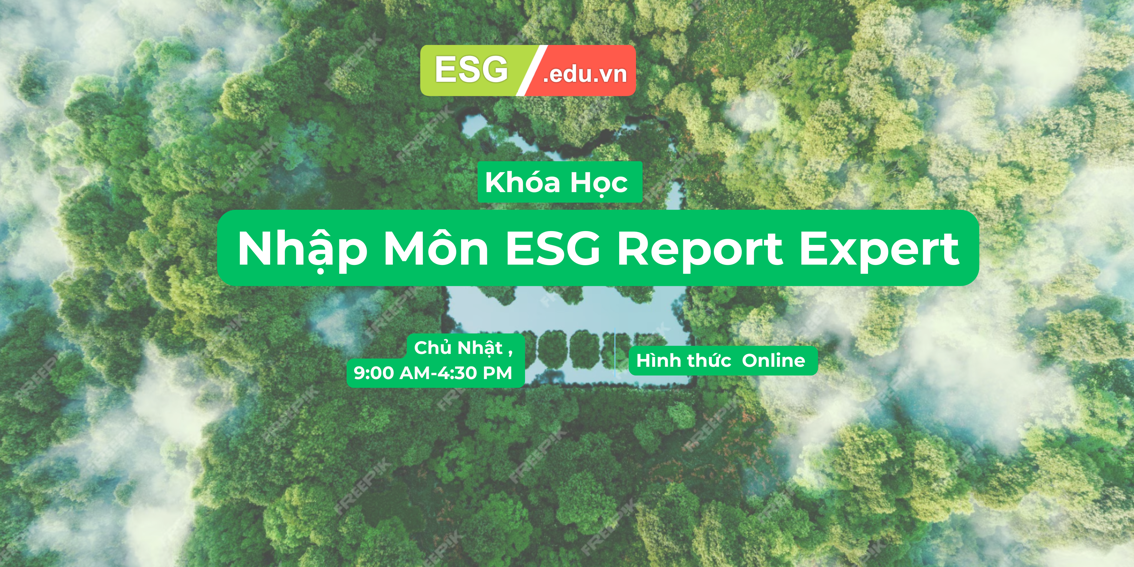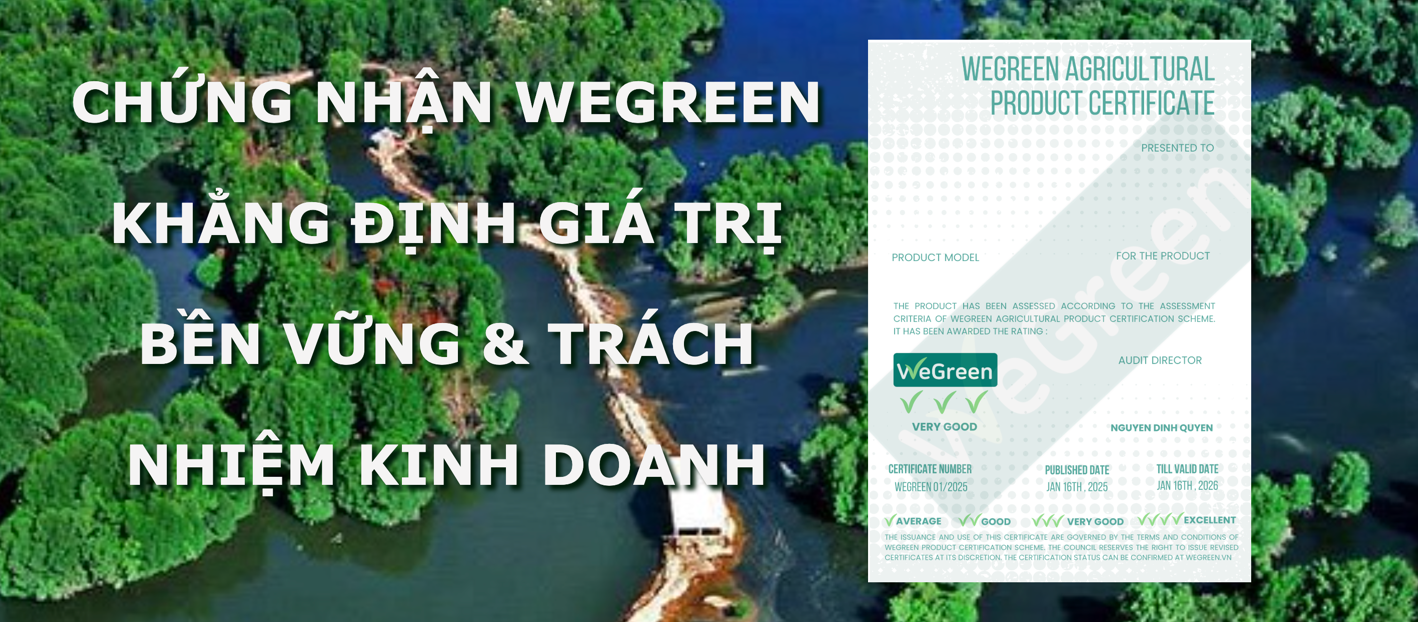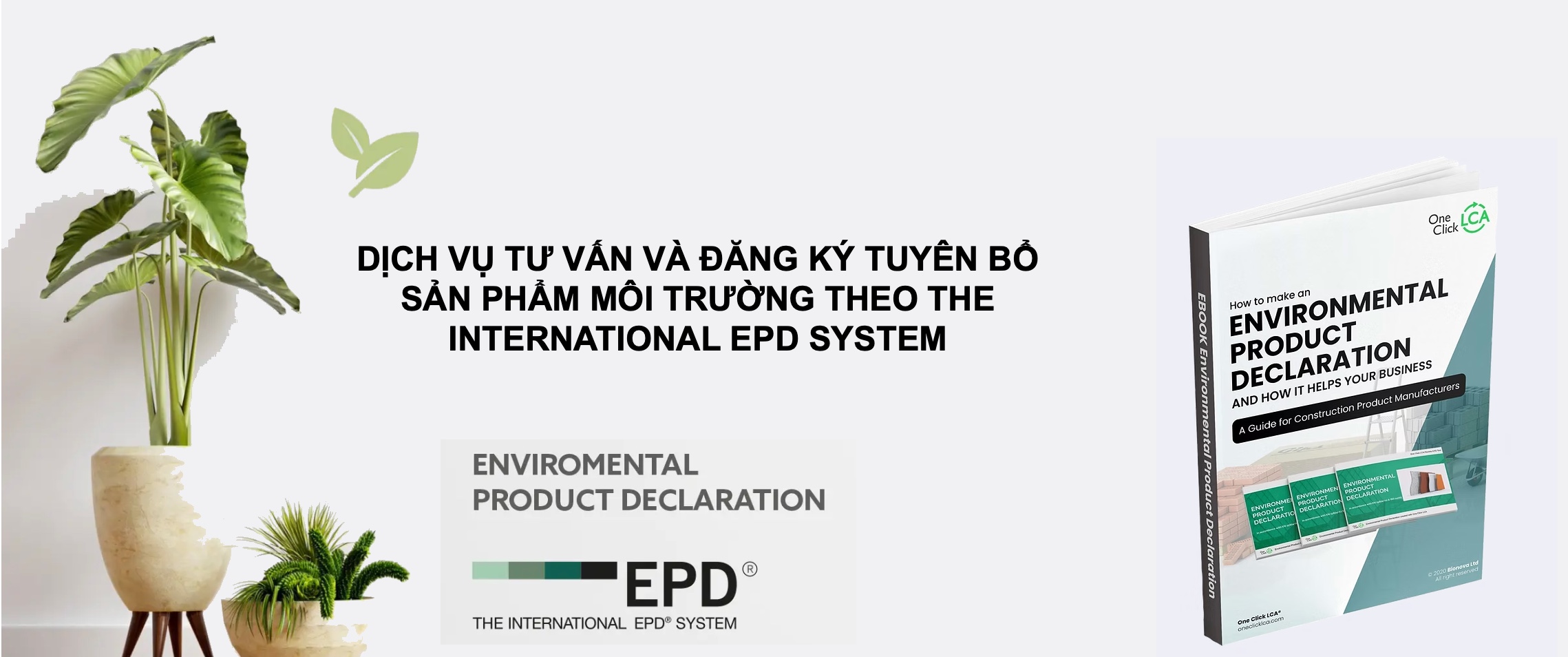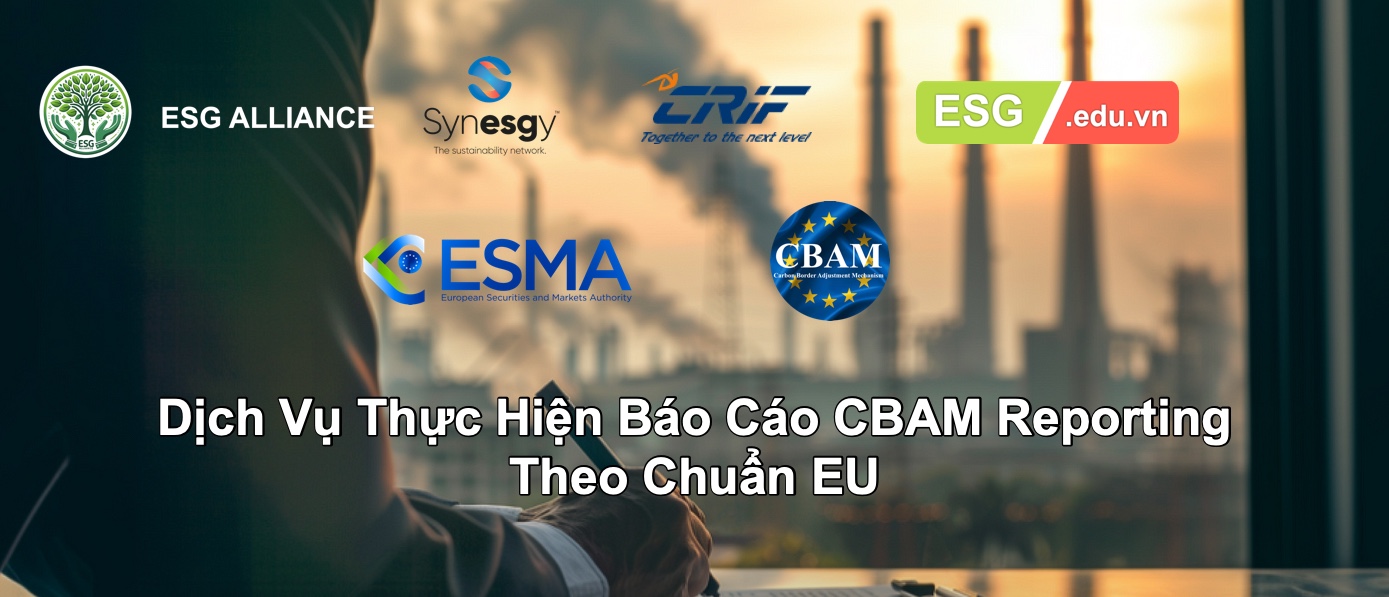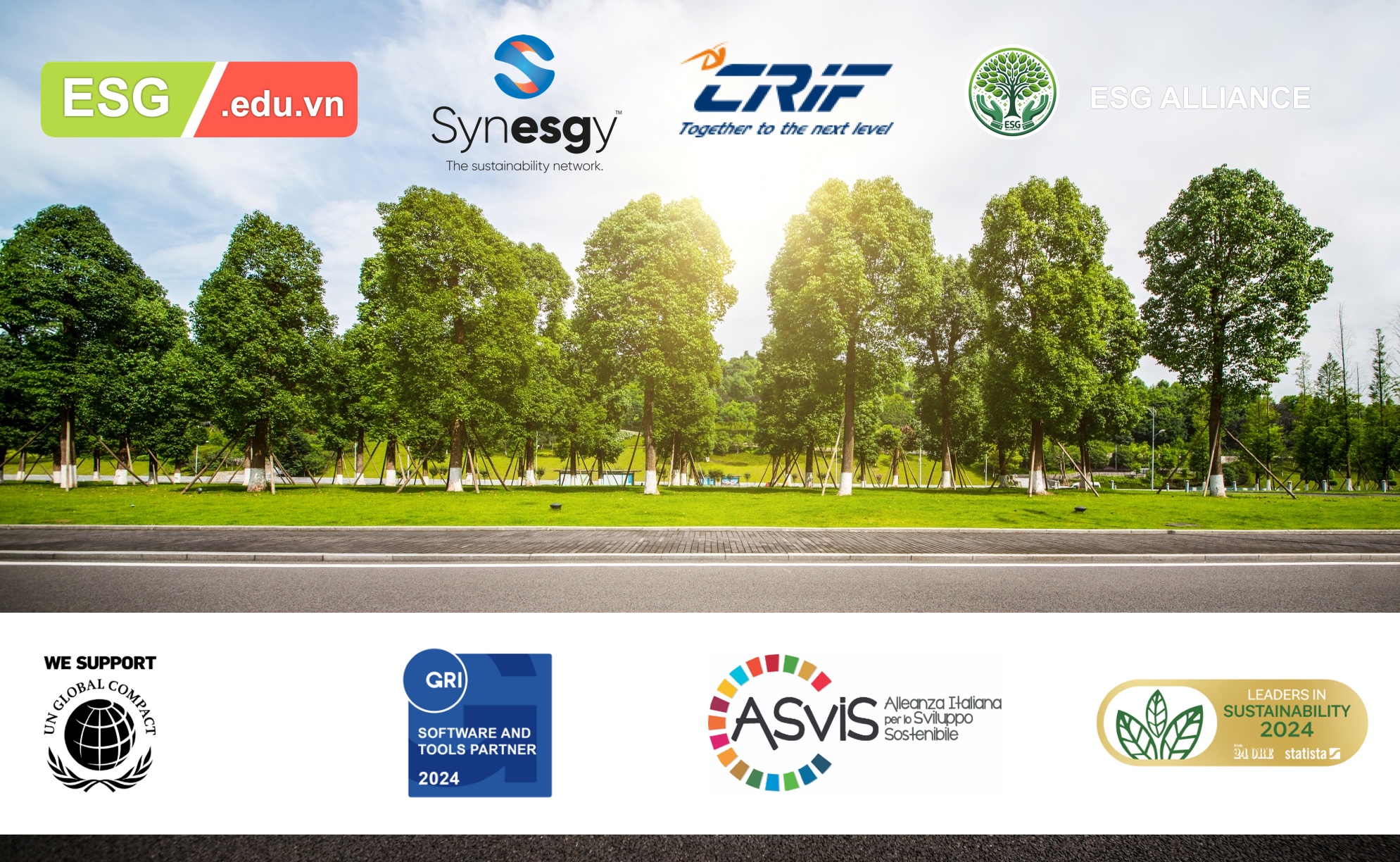The OEM (Original Equipment Manufacturer) and ODM (Original Design Manufacturer)
The OEM (Original Equipment Manufacturer) and ODM (Original Design Manufacturer) processes for producing black instant coffee, 3in1, and 4in1 coffee products in Vietnam involve several steps. These processes typically entail collaboration between a coffee producer (OEM) or designer (ODM) and a company that intends to market and sell the coffee products under their brand. Here’s an overview of the general steps involved in these processes:

- Market Research and Product Conceptualization:
- The company intending to market the coffee products conducts market research to identify consumer preferences, trends, and demands.
- Based on the research findings, the company conceptualizes the types of coffee products they wish to offer, such as black instant coffee, 3in1, or 4in1 variants.
- Selection of OEM or ODM Partner:
- The company selects an OEM partner (coffee producer) or an ODM partner (designer) based on their expertise, capabilities, and reputation in the industry.
- OEM partners specialize in coffee production, while ODM partners focus on designing and developing unique coffee formulations and packaging.
- Product Development and Formulation:
- Collaboratively, the company and the chosen partner work on developing the coffee products according to the specified requirements.
- For black instant coffee, the formulation involves selecting and roasting coffee beans, followed by grinding and freeze-drying to produce instant coffee granules.
- For 3in1 and 4in1 coffee products, additional ingredients such as creamer, sugar, and flavorings are incorporated into the formulation to create the desired taste profiles.
- Packaging Design and Material Selection:
- If working with an ODM partner, the company collaborates on designing the packaging for the coffee products, considering factors such as branding, shelf appeal, and functionality.
- Material selection for packaging is crucial to ensure product freshness, durability, and compliance with regulatory standards.
- Quality Assurance and Testing:
- Both parties conduct rigorous quality assurance tests on the coffee products to ensure they meet industry standards and customer expectations.
- This includes sensory evaluations, laboratory testing for product safety and stability, and packaging integrity tests.
- Manufacturing and Production:
- Once the product formulations and packaging designs are finalized and approved, manufacturing and production processes begin.
- OEM partners handle the production of coffee products, including sourcing raw materials, processing, and packaging.
- ODM partners may also assist in coordinating production processes, especially if they have manufacturing facilities.
- Logistics and Distribution:
- After production, the coffee products are packaged, labeled, and prepared for distribution.
- Logistics arrangements are made to transport the products to distribution centers or directly to retailers.
- The company manages the distribution network to ensure timely delivery of products to target markets.
- Marketing and Sales:
- The company implements marketing strategies to promote the coffee products, including advertising, branding, and retail promotions.
- Sales efforts focus on securing distribution channels, negotiating contracts with retailers, and maximizing product visibility and availability.
- Feedback and Continuous Improvement:
- Feedback from consumers, retailers, and market trends is collected and analyzed to identify areas for improvement.
- Both the company and its partners collaborate on implementing changes and innovations to enhance product quality, packaging, and market competitiveness.

By following these steps, companies can successfully collaborate with OEM or ODM partners to produce and market black instant coffee, 3in1, and 4in1 coffee products in Vietnam, meeting the diverse preferences of consumers in the coffee market.




DỊCH VỤ TƯ VẤN
Diện tích: 14 ha Sản phẩm: Rau củ Loại chứng nhận: EU, USDA, JAS Chúng tôi sẵn sàng đồng hành…
Mục tiêuHỗ trợ doanh nghiệp, hợp tác xã, tổ chức và cá nhân có nhu cầu xuất khẩu nông sản…
Giới thiệu dịch vụ Dịch vụ tư vấn kỹ thuật trồng cây lâu năm do Vasus cung cấp nhằm hỗ…
Đáp ứng tiêu chuẩn xuất khẩu – Nâng cao năng lực chuỗi cung ứng nông sản 1. Tổng quan dịch…
1. EU Organic là gì? Tiêu chuẩn hữu cơ Châu Âu (EU Organic) là một hệ thống pháp lý toàn…
Tiêu chuẩn hữu cơ JAS là gì? Tiêu chuẩn JAS (Japanese Agricultural Standards) là hệ thống tiêu chuẩn nông nghiệp…
TIÊU CHUẨN HỮU CƠ MỸ – CANADA (USCOEA) USCOEA là gì? Tiêu chuẩn hữu cơ Mỹ – Canada (USCOEA) là…
1. USDA-NOP là gì? USDA Organic (hay còn gọi là USDA-NOP, viết tắt của United States Department of Agriculture –…
1. GlobalG.A.P là gì? GlobalG.A.P (Global Good Agricultural Practice) là bộ tiêu chuẩn quốc tế hàng đầu về thực hành…
1. Khái niệm và nguyên lý của nông nghiệp hữu cơ Theo định nghĩa của IFOAM – Liên đoàn quốc…
Giải pháp canh tác hiệu quả, bền vững và phù hợp thị trường Trồng rau ngắn ngày không chỉ là…


